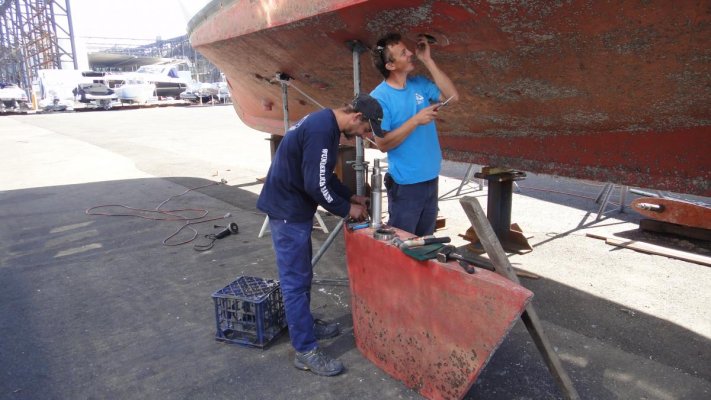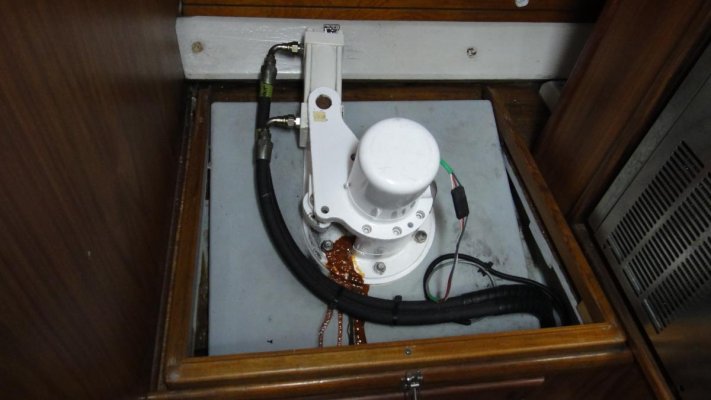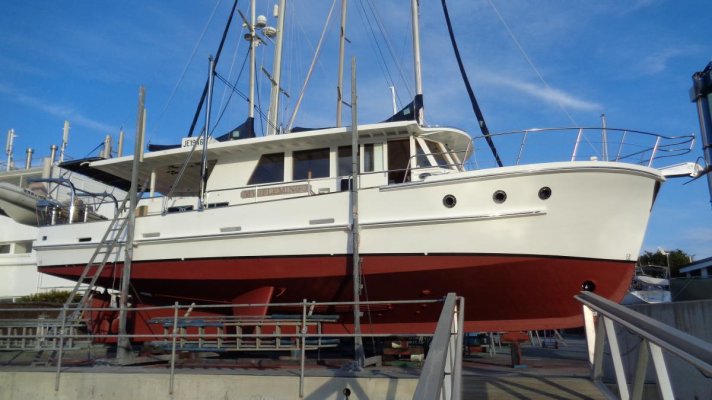Seakeeper's will generally use 2500W, or more. So yes, likely that you will need to run a genny when anchored.
Naiad's, and ABT Trac & Wesmar are typically hydraulic although recently I believe electric is an option for some models. CMC Marine took out a patent in Europe for electric stabilisers, much to the chagrin of the hydraulic stab folks. Not sure if the patent is still being challenged or not. GyroGale are air powered. Early versions were tricky to get set-up and keep adjusted correctly, not sure if current models are more reliable or not.
Typically solid-state accelerometers are used to detect rolling motion very early and allow high fin deflection quite quickly. Hence active fin stab's are very effective. Early models used gyro's instead of chips, and are less responsive although still quite good. Conversion from gyro to chip versions is relatively expensive - typically 75% or so of a new 'black box' system.
For my Naiad's, service of seals is scheduled at 3 year intervals, at which time inspection for anything else would be made. When researching I found that $850 was expected cost for seal replacement. Initially I was invoiced for over $1300, which I regarded as excessive, although I was partly to blame for a second visit being required. After some emails it was reduced. Next time I will likely get my usual yard to do it rather than the local Naiad guys. They had 2 guys at very high hourly rates. The yard guys rates are cheaper, and i can be the second pair of hands when needed. Mostly the work just needs one guy. The cost is mostly labour.
My Naiad's cost about $30,000 to buy 6 years ago. Maybe that's the aspect that was mis-communicated to Donna. It cost about the same in labour to fit them (retrofitting is always an interesting challenge!) including the hydraulic system to run them.







